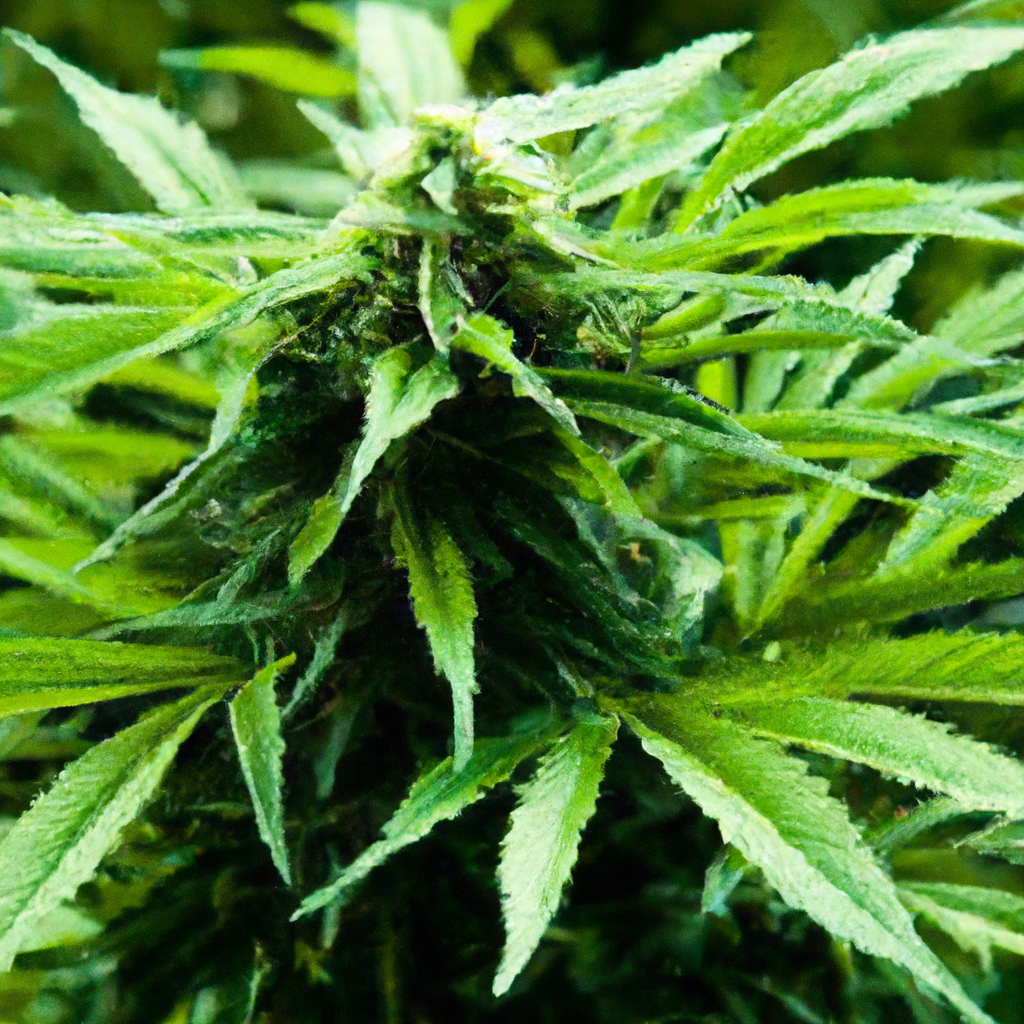Your cart is currently empty!
The buzz around urban agriculture has been growing in recent years, and the cannabis sector is no exception. As legalization efforts continue worldwide, more cities are integrating cannabis cultivation into their urban agriculture projects. This article explores how cannabis fits into the urban farming landscape and the potential benefits for communities.
The Rise of Urban Cannabis Farms
Urban agriculture involves growing, processing, and distributing food in or around urban areas. Cannabis has become a significant part of this movement, especially in areas with legal frameworks supportive of cultivation. Vertical farming and hydroponics are some of the techniques being utilized to optimize space and production in densely populated environments.
- Vertical Farming: Utilizing vertical space in urban settings to grow cannabis, providing higher yields with limited space.
- Hydroponics: A soil-less cultivation method that allows cannabis to be grown efficiently indoors with lower water usage.
- Rooftop Gardens: Transforming unused roof space into productive green areas for cannabis cultivation.
Benefits of Urban Cannabis Agriculture
Integrating cannabis into urban farming offers numerous advantages, making it not only a profitable endeavor but also a sustainable and community-focused activity.
- Local Economy Boost: Cannabis farms generate jobs and stimulate local economies by reinvesting in community projects and education.
- Environmental Impact: Reduces carbon footprint by decreasing the distance cannabis travels from farm to consumer.
- Community Engagement: Urban farms often host educational programs, workshops, and tours to engage community members and raise awareness about sustainable growing practices.
Challenges and Considerations
While the integration of cannabis into urban agriculture presents exciting opportunities, there are challenges that growers must navigate. These include regulatory compliance, pest management, and space constraints.
- Regulatory Compliance: Urban cannabis farms must adhere to local zoning laws and state regulations.
- Pest Management: Managing pests without the use of harmful pesticides requires innovative solutions such as beneficial insects and natural repellents.
- Space Constraints: Efficient use of available space demands creative design and cultivation techniques.
Conclusion
Cannabis and urban agriculture together represent a promising intersection of economic development and sustainable practices. As more cities become part of this burgeoning trend, cannabis has the opportunity to become a pivotal player in sustainable urban living. For communities, embracing this change can mean not only economic benefits but also significant strides in environmental conservation and cultural acceptance.
Tags: UrbanAgriculture, Sustainability, CannabisCultivation, EnvironmentalImpact, EducationalResources
Discover more from Magic Clones
Subscribe to get the latest posts sent to your email.


Leave a Reply